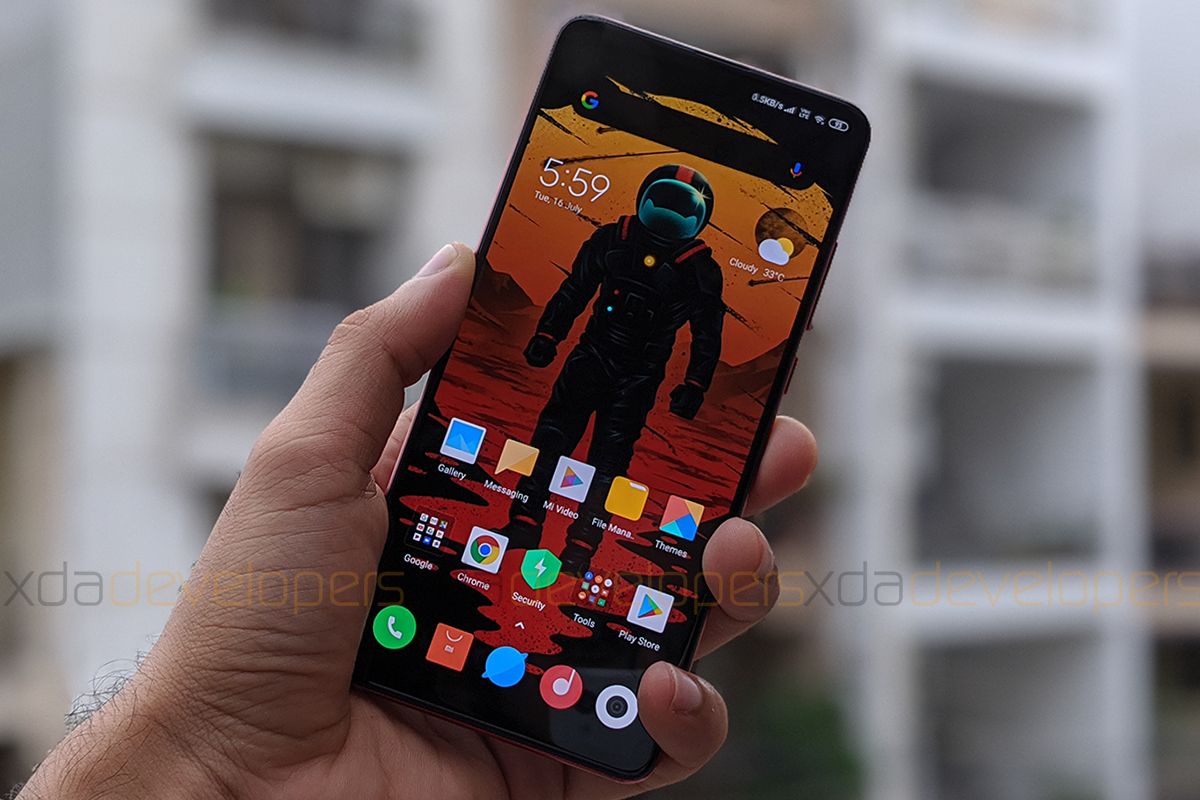Mainstream smartphones have just begun exploring higher refresh rate displays, something that was previously done on just a few niche smartphones. The OnePlus 7 Pro was widely praised for its 90Hz display that lent the phone some of its smoothness and fluidity. Other flagships released this year have come with more conventional 60Hz displays; but some of these flagships, like the Xiaomi Mi 9, can have their displays tweaked to run at a higher-than-stock refresh rate. Now, we are seeing similar modifications appear for the Xiaomi Mi 9T (or the Redmi K20, as it is called in some regions) and the Redmi K20 Pro.
Xiaomi Mi 9T/Redmi K20 XDA Forums || Redmi K20 Pro XDA Forums
Warning: These modifications could potentially harm your phone's display. Proceed with caution.
Similar to the Mi 9's display mod which could force a higher refresh rate of 84Hz, the modifications for the Redmi K20 and Redmi K20 Pro force a higher refresh rate of 75Hz. Developers working on this mod are also confident that a 90Hz refresh rate is also possible on the device, but this is not yet available.
For both the phones, the procedure to install the modification is similar to the Mi 9's procedures too. You would need an unlocked bootloader to flash this mod, and depending on the method you choose to install, you would also need a custom recovery like TWRP, or root. The basic flow of steps is to first make a backup of your DTBO partition either through TWRP or through the Lanthanum System Toolbox app. Then, flash the modified DTBO image through TWRP, fastboot or the Lanthanum app. You can find more detailed instructions as well as download links for the modified image and the Lanthanum app in the threads linked below for the devices.
75Hz Screen Overclock Mod for the Xiaomi Mi 9T/Redmi K20
75Hz Screen Overclock Mod for the Redmi K20 Pro
Do note that overclocking the display has a direct effect on battery life, as Adam found out on the Mi 9. But the modification for the Mi 9 was for 84Hz, while the Redmi K20 and Redmi K20 Pro's mod is for 75Hz at the moment; so your results with battery consumption will definitely vary. Also note that neither of the three phones are being marketed or sold as phones with higher refresh rate displays, and there must be a good reason for an OEM to consciously give up good marketing fodder. It is also unknown how this modification will affect your display and your phone in the long run. The mod is also not very convenient to toggle on and off right now, as you need to flash an image and reboot every time you want to switch. The difference in the user experience may also not be as pronounced. So keep all of these factors in mind before you jump in.

